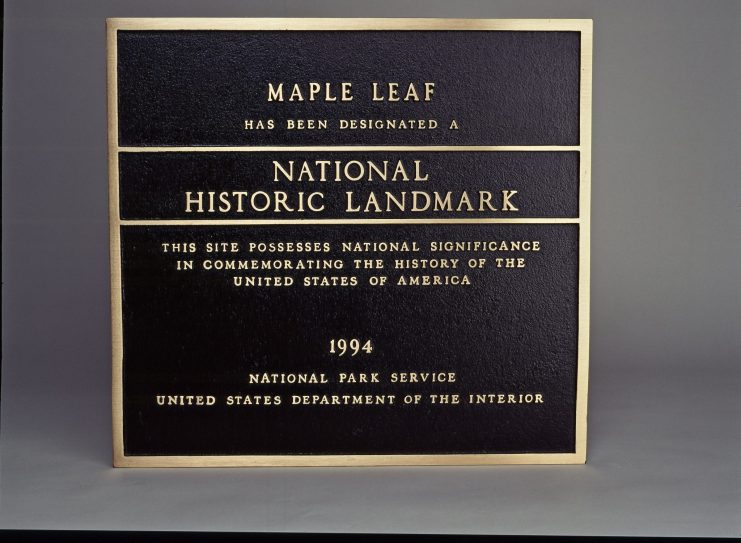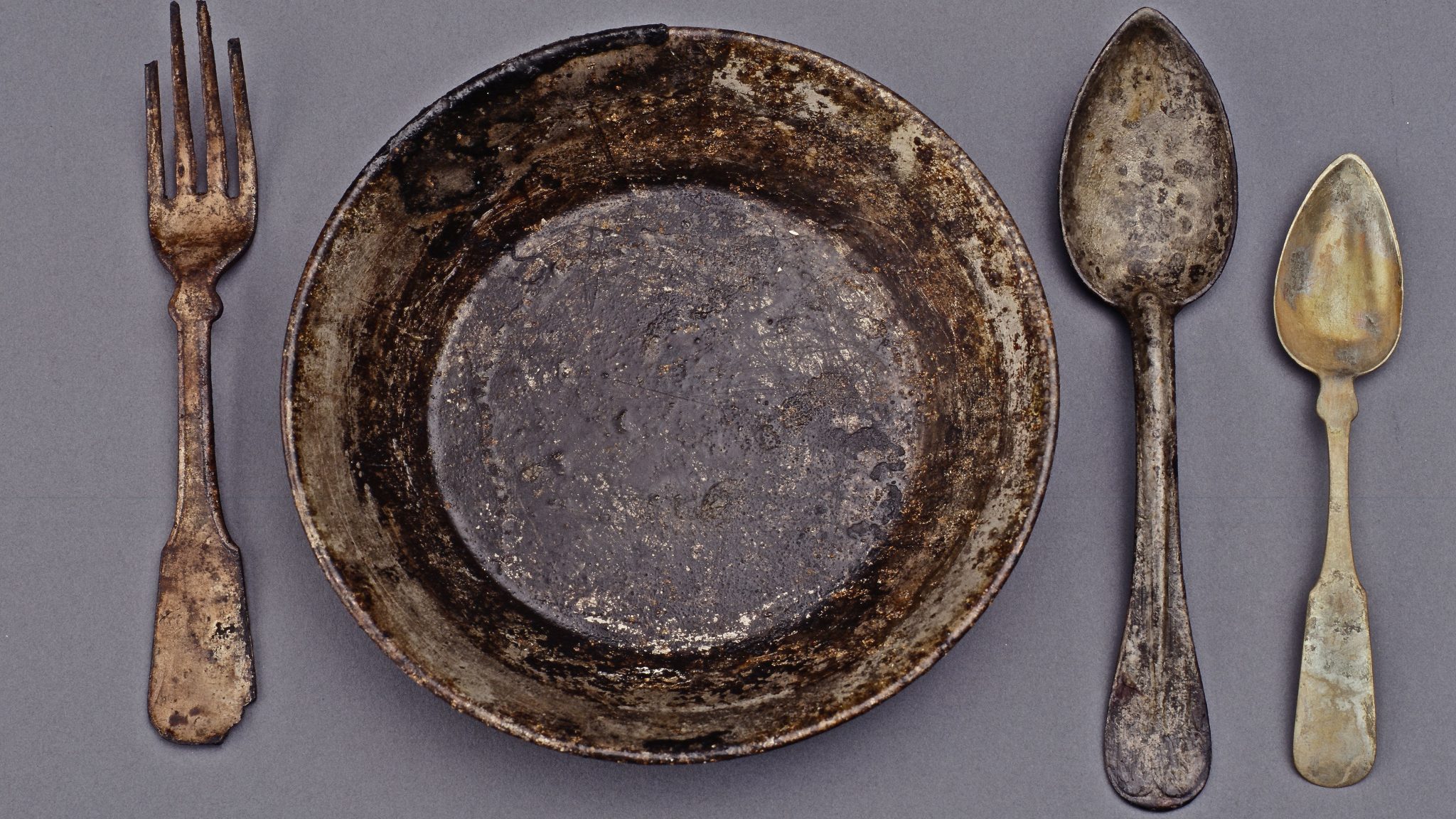JACKSONVILLE, Fla. (June 10, 2020) – As the United States battled its most divisive conflict at the height of the American Civil War, a cargo ship named the Maple Leaf embarked on a short voyage from South Carolina to Florida carrying the equipment and personal belongings of three Union regiments.
It has now arrived in the 21 st century as an internationally recognized time capsule of everyday life for Civil War soldiers and a National Historic Landmark, thanks to an underwater explosive, seven feet of mud and a determined amateur historian.
More than 155 years after it settled into its final resting spot on the bottom of the St. Johns River and nearly 35 years after the first artifacts were retrieved from the Maple Leaf, the ship receives International recognition on National Geographic Channel’s documentary series Drain the Oceans.
The show’s London-based film crew joined Jacksonville-based SEARCH, Inc. as they conducted a high-resolution sonar and magnetometer archaeological survey of the wreck site in the summer of 2019.
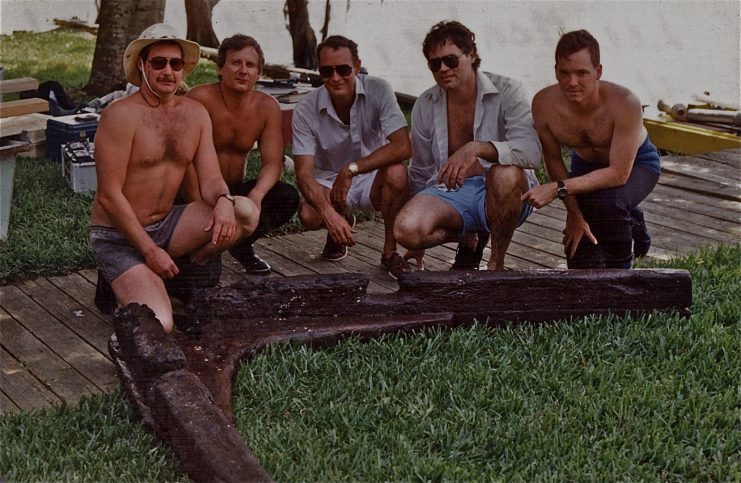
Using computer-generated imagery, the teams digitally drained the water and mud around the wreck to unlock secrets long-held by the ship. The episode, part of this season’s Civil War segment, aired in the United States on June 9 and is slated to air in more than 170 countries.
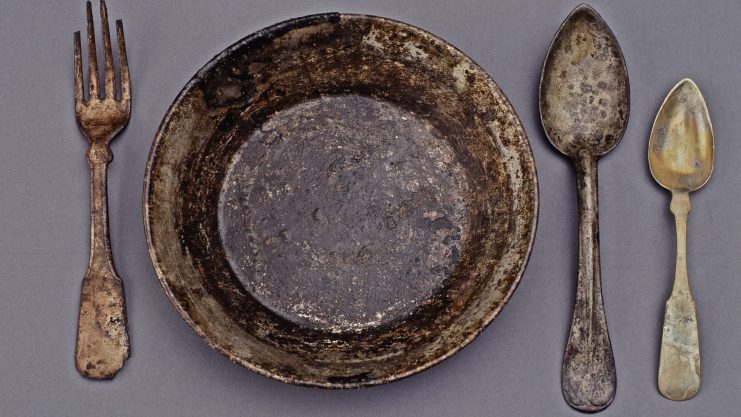
Dr. Keith Holland, a Jacksonville dentist intrigued by the prospect that the undiscovered Maple Leaf might still be found, sleuthed out the location of the wreck in the 1980s. Acquiring the skills of an underwater archeologist in his spare time, he led a team on a series of dives 20 feet below the surface of the St. Johns River and seven feet under mud.
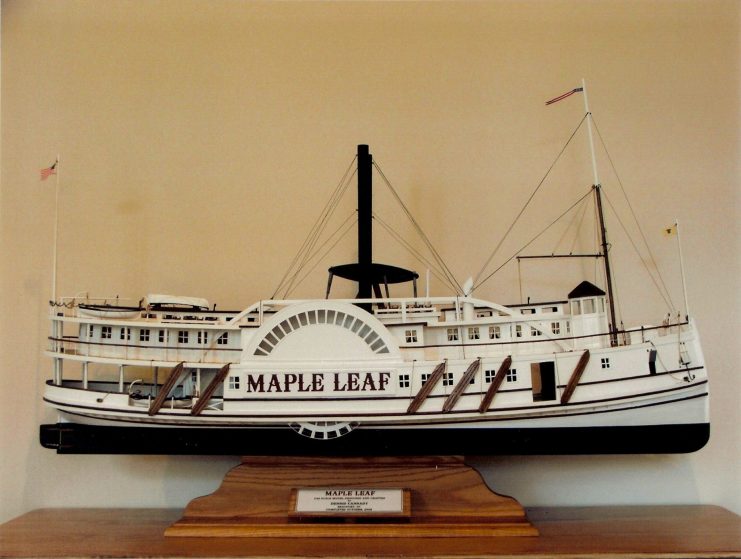
That obscuring river-bottom mud turned out to be the key element of a natural time capsule holding the remnants of the personal lives of Civil War soldiers. In the murky depths where neither light nor oxygen could intrude, the everyday belongings of soldiers quietly awaited discovery.
Perfectly preserved for over a century sat game pieces, shaving kits, tobacco pipes, framed daguerreotypes, personal letters, leather boots wrapped in readable newspaper and more.
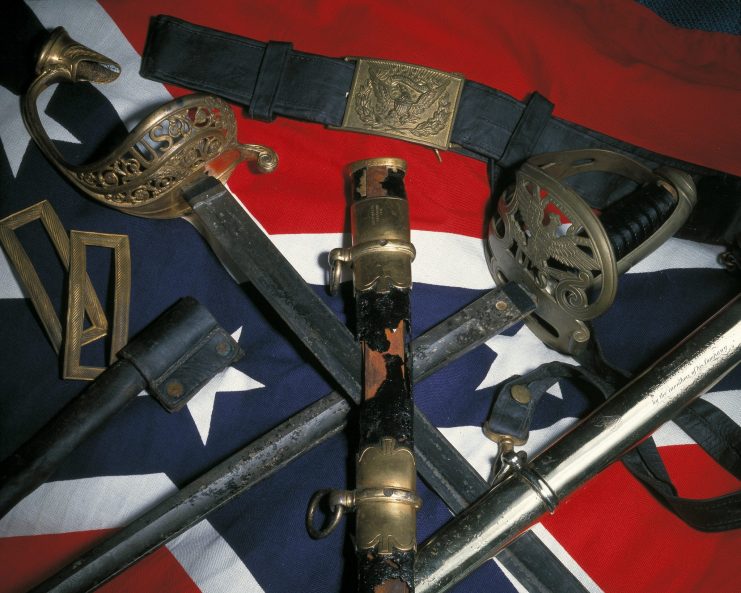
“This shipwreck was an insignificant event in the Civil War, but now it’s a time capsule of everyday life from the mid-19 th century,” said Dr. Keith V. Holland, Founder and President of St. Johns Archaeological Expeditions (SJAE).
“While diving in the darkness of the mud, we had no idea what we were uncovering until we surfaced. We held in our hands artifacts that were more than just a testament to the instruments of war – they were a testament to the fathers, sons and brothers who left their homes to fight.
After 35 years of researching the lineage of the soldiers’ names on these boxes and swords, I realize we still don’t know what we’ve uncovered with the Maple Leaf shipwreck – or what we
could uncover in the future.”
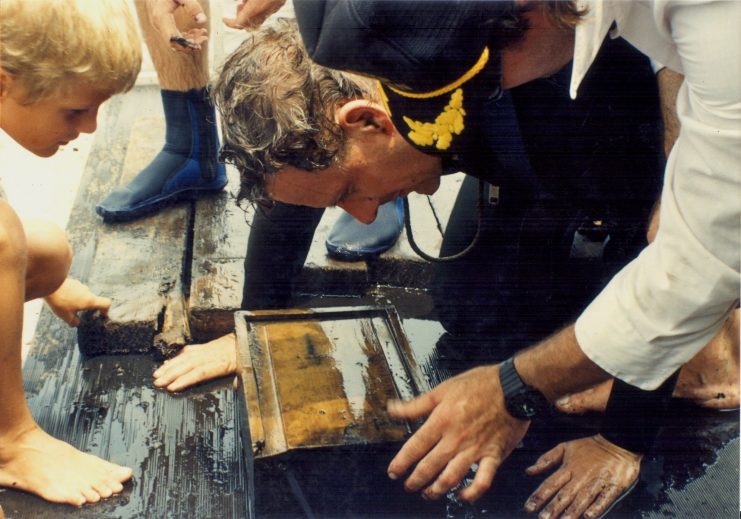
An estimated 400 tons of equipment and personal belongings of the nearly 2,000 Union soldiers of the 112th and the 169th New York State Infantry Volunteers and the 13th Indiana Infantry Volunteers was packed up into wooden boxes labeled with their names and regiments and loaded onto the Maple Leaf in Folly Island, S.C. in March of 1864.
Those personal possessions became historical artifacts when the ship hit an underwater mine filled with 70 pounds of explosive powder on April 1, 1864.
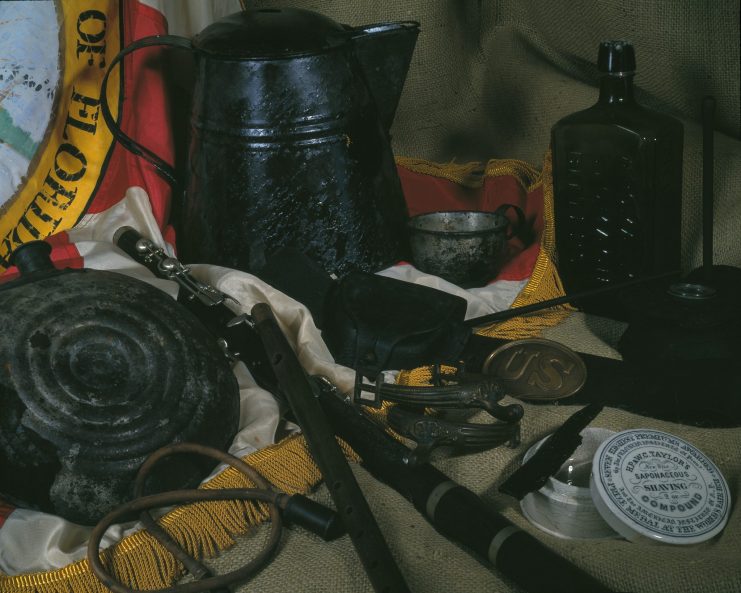
The Maple Leaf tragedy was documented by one of its surviving passengers, Lt. George T. Garrison, eldest son of Boston abolitionist William Lloyd Garrison. The senior Garrison edited an anti-slavery newspaper The Liberator for 35 years.
“George worked The Liberator printing press before joining the Mass. 55th Regiment, one of two regiments of black soldiers from the state,” said Fritz Garrison, great-grandson of Lt. Garrison.
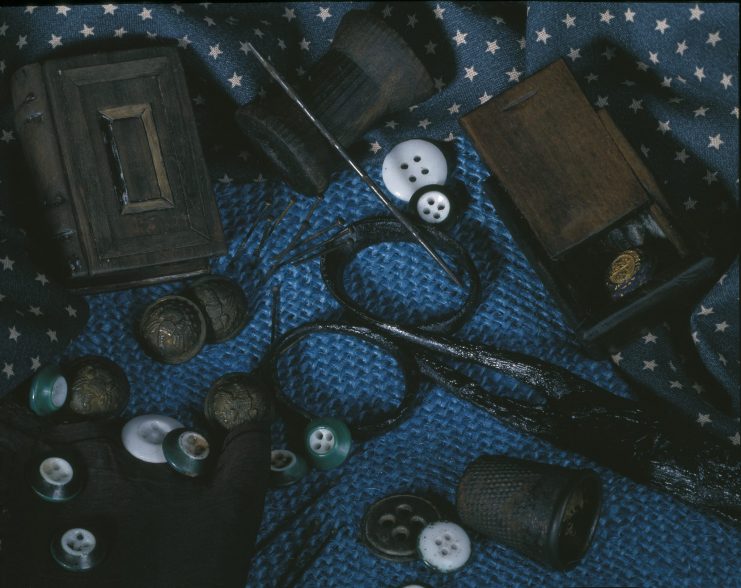
“The sole surviving item from the Maple Leaf — prior to its rediscovery by Dr. Holland — is a letter that my great grandfather wrote to his mother detailing news of the regiment.”
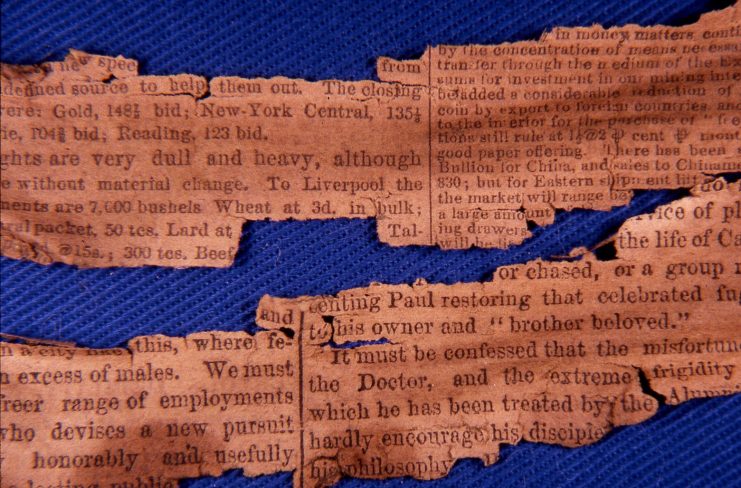
The survivors rowed three lifeboats twelve miles “with the wind and tide against us all the way,” north to Jacksonville after the sinking. The following morning, Garrison wrote a second letter relating the events surrounding the explosion, which was printed in The Liberator several weeks later.
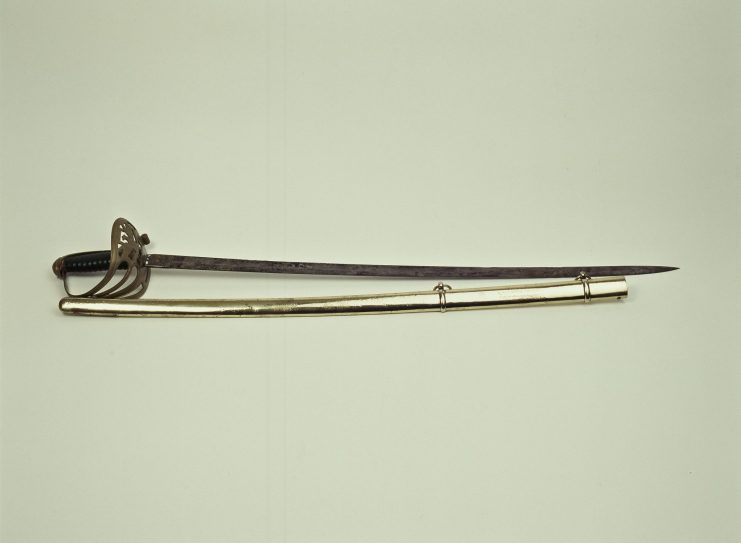
“He also re-penned much of the first letter, believing it had gone down with the ship,” added his great grandson. “What he didn’t know at the time is that the first letter survived in a soggy mail bag that was retrieved the following day.”
That letter, now on deposit with the Massachusetts Historical Society in Boston, bears the marks of a creeping waterline that was only hours from destroying the document altogether.
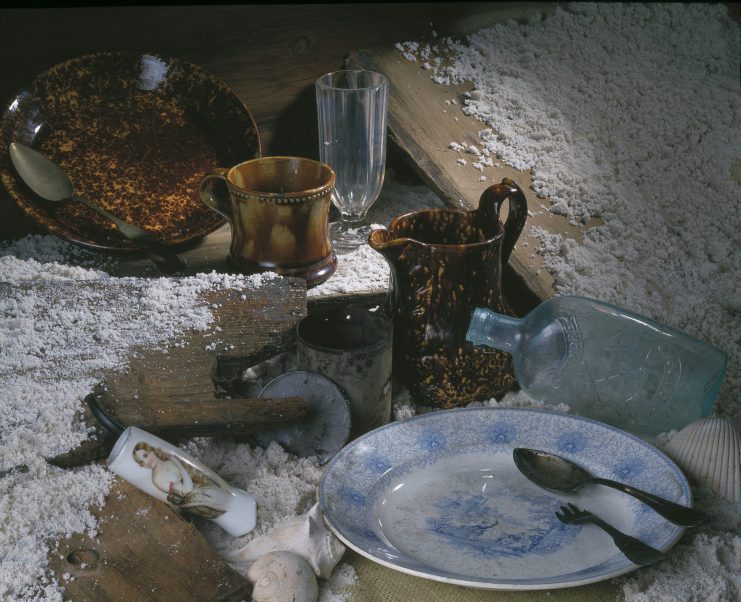
Dr. Holland and his team excavated less than one percent of the ship’s cargo between 1986-1996 and donated the more than 6,500 artifacts to Florida’s Division of Historical Resources.
Many of these artifacts provide a picture of soldiers’ lives during the Civil War — military equipment, boots, uniform belt buckles and buttons and swords, including one with the inscription “Presented to Lt. William H. Potter, 112th N.Y.S.V. by the members of his company in token of their esteem.”
But most of the artifacts tell of a life outside of war — musical instruments, jewelry, china, silverware, collected seashells, letters intended for home that were never mailed and even items most likely looted from Southern homes and plantations.
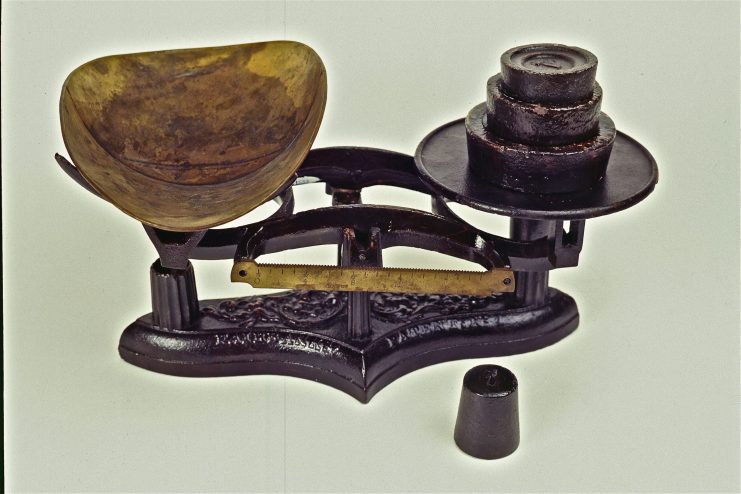
Today, the Maple Leaf shipwreck has become the largest Civil War underwater archaeological site and the nation’s fourth National Historic Landmark shipwreck site. To learn more about the Maple Leaf shipwreck on the National Geographic Channel’s documentary series Drain the Oceans, visit www.nationalgeographic.com/tv/shows/drain-the-oceans.
About St. Johns Archaeological Expeditions (SJAE)
Dr. Keith V. Holland founded the non-profit corporation St. Johns Archaeological Expeditions (SJAE) in 1985. The team of divers, historians, archaeologists, engineers and admiralty lawyers actively researched and excavated the Maple Leaf shipwreck from 1986-1996.
The recovered Civil War artifacts were donated to Florida’s Division of Historical Resources while some are on loan to museums across Florida, including both the Museum of Science and History and the Mandarin Museum in Jacksonville, FL and the Museum of Florida History in Tallahassee, FL.
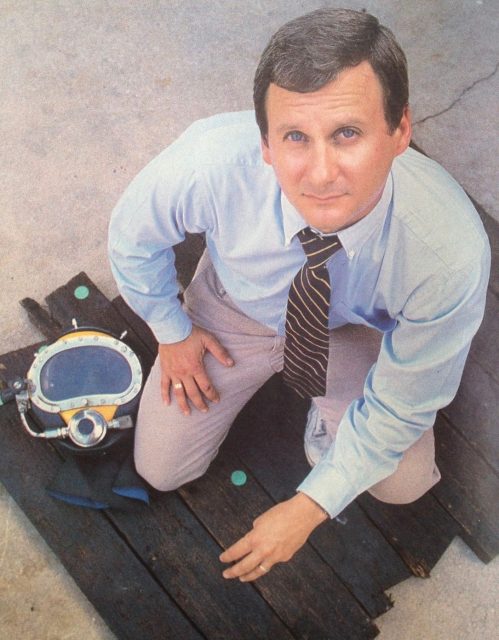
Dr. Holland and a handful of SJAE divers continue to work to educate the public on the importance and value of the Maple Leaf shipwreck, the artifacts recovered and the more than 99 percent of the ship’s Civil War memorabilia that remains encased in mud at the bottom of the St. Johns River.
More photos:
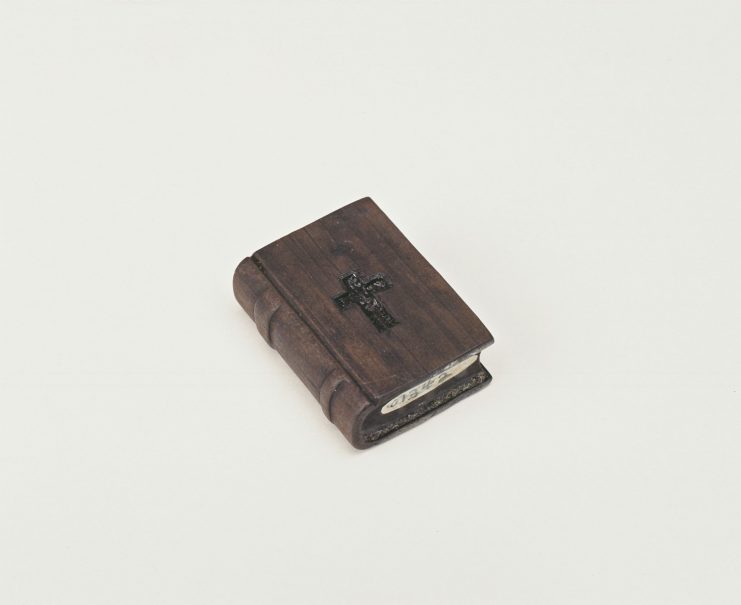
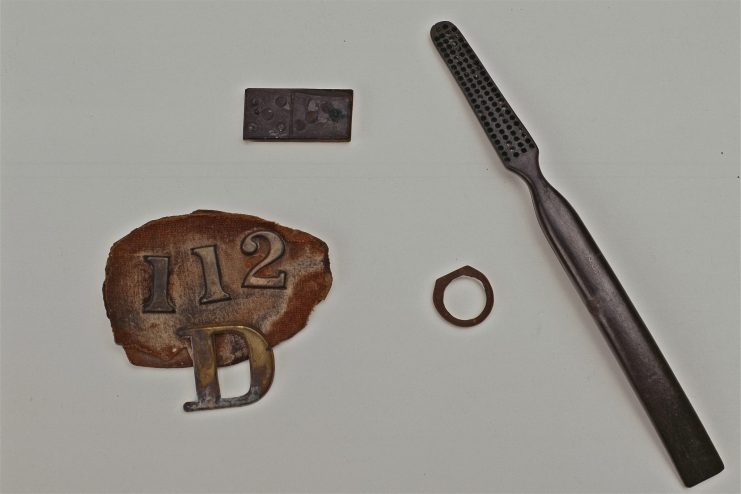
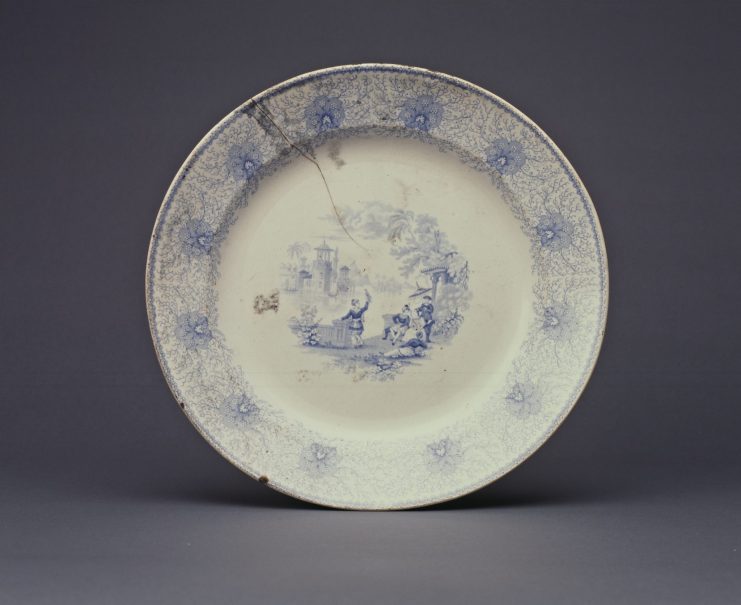
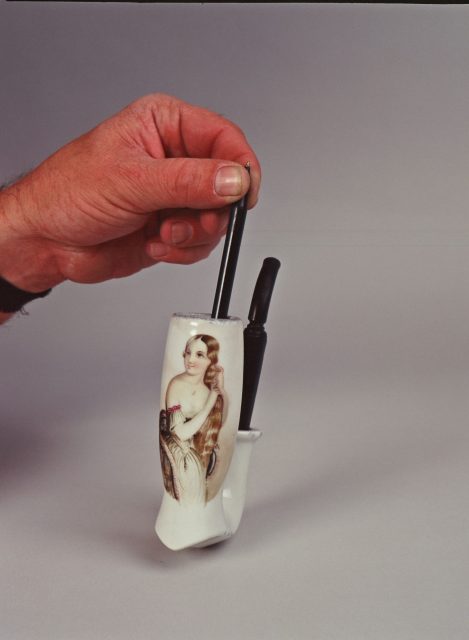
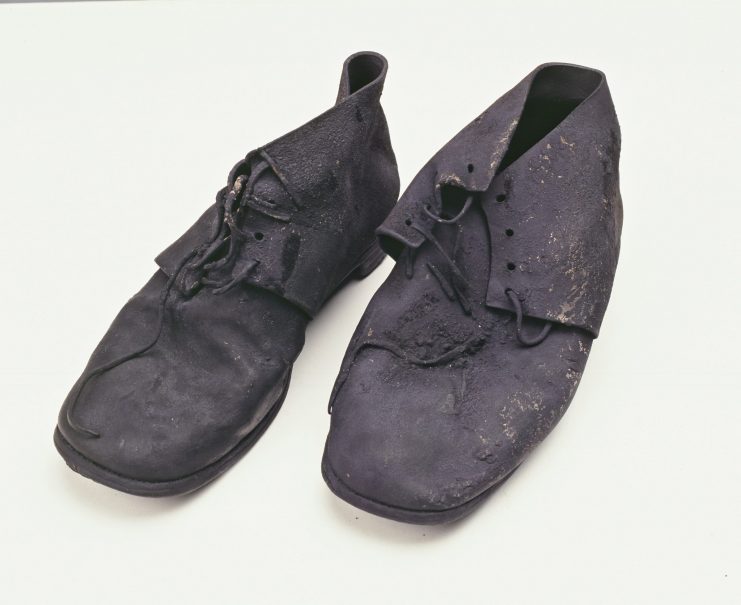
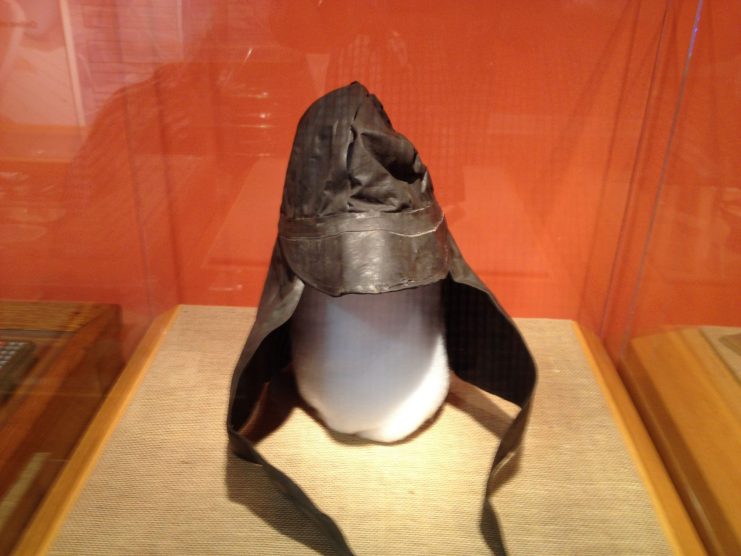
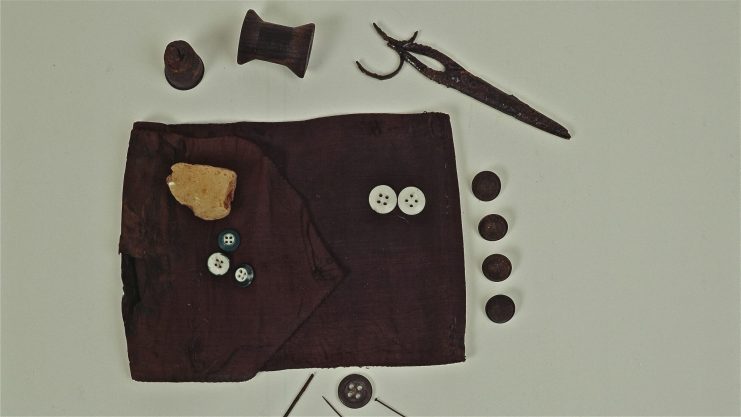
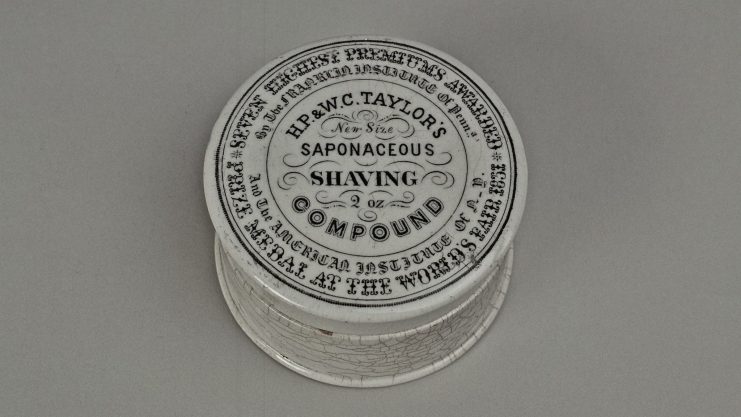
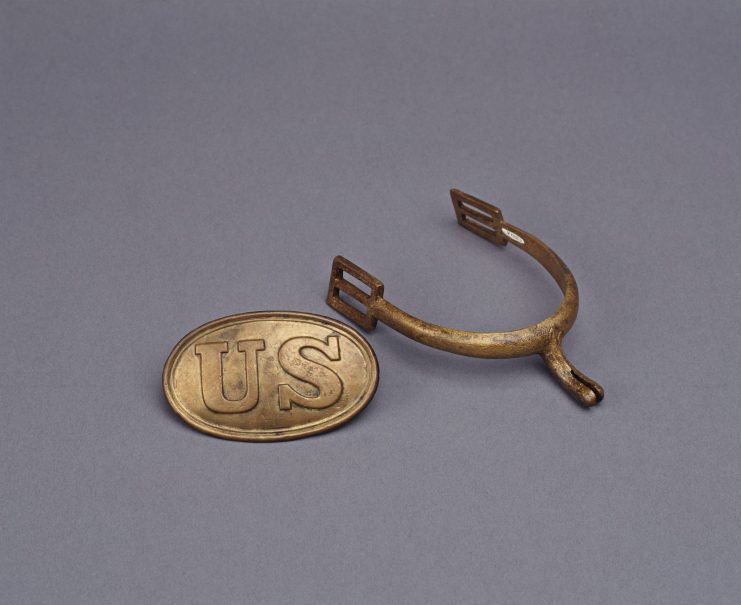
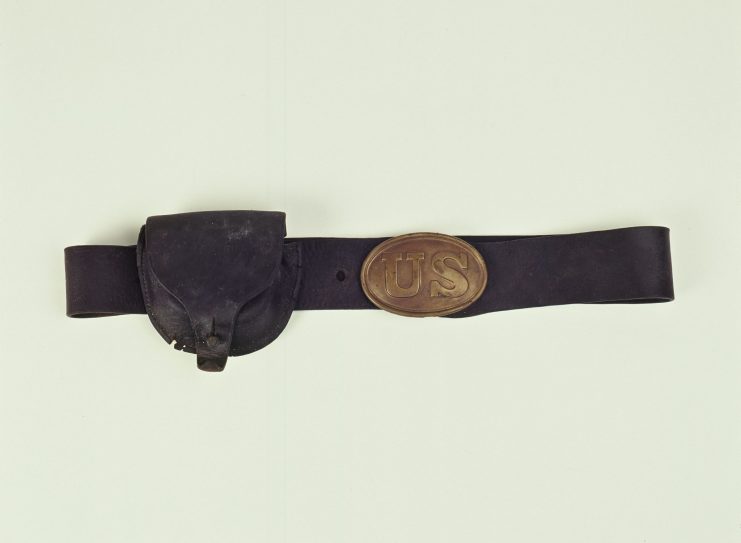
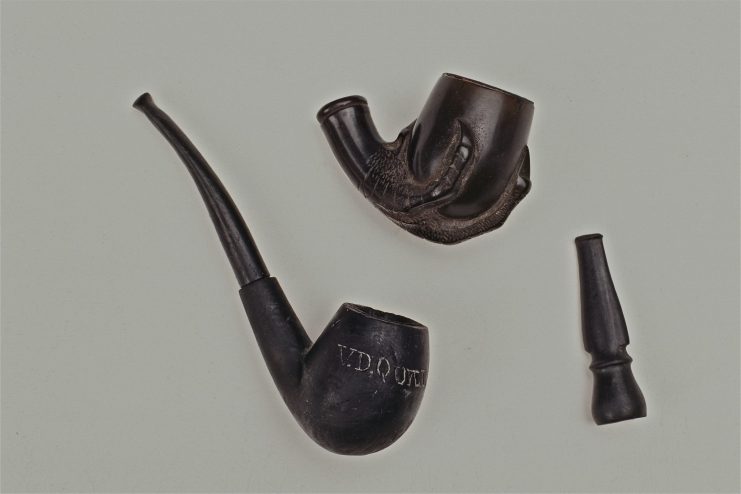
One of the Most Daring and Romantic Naval Feats of History
